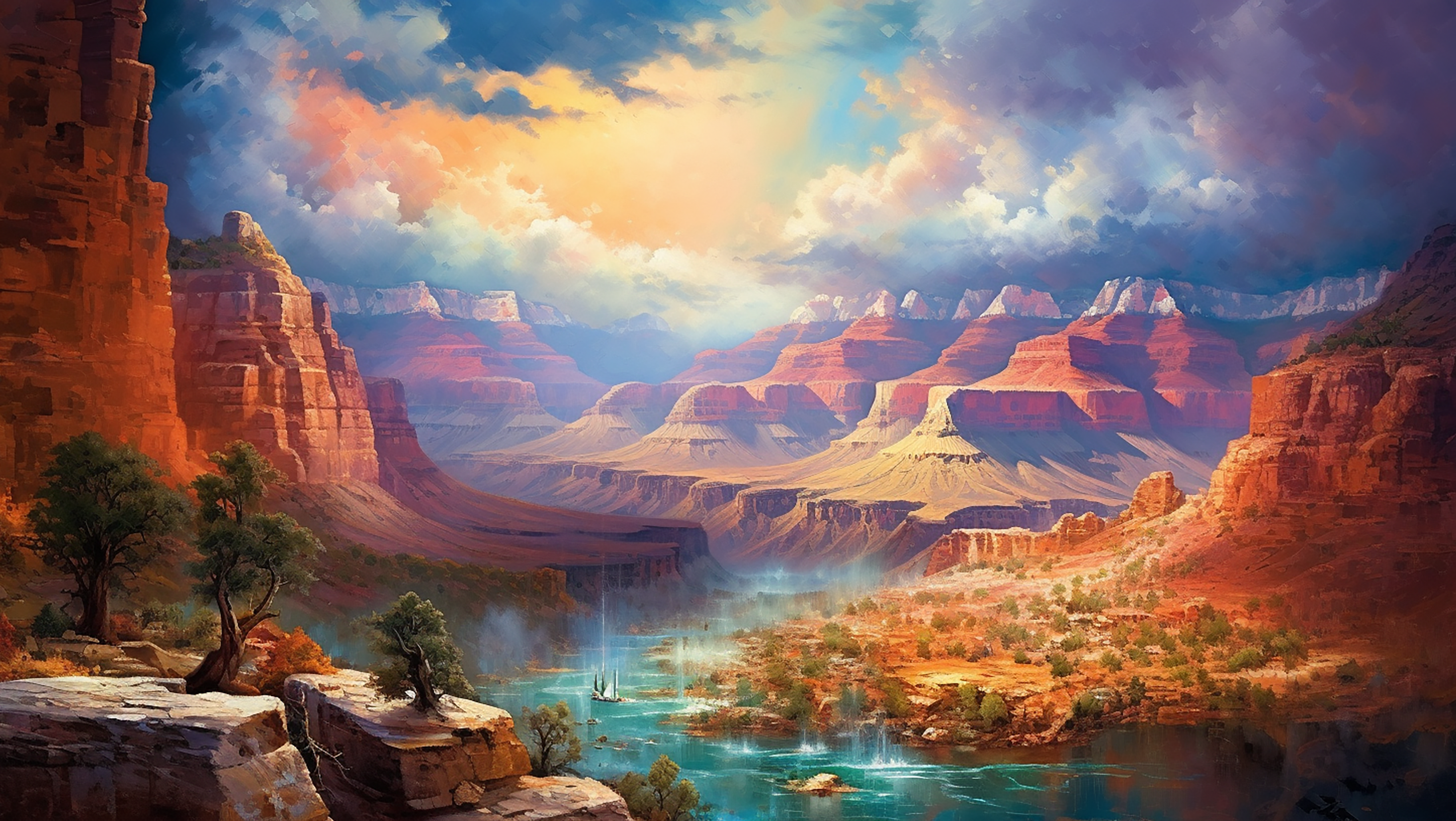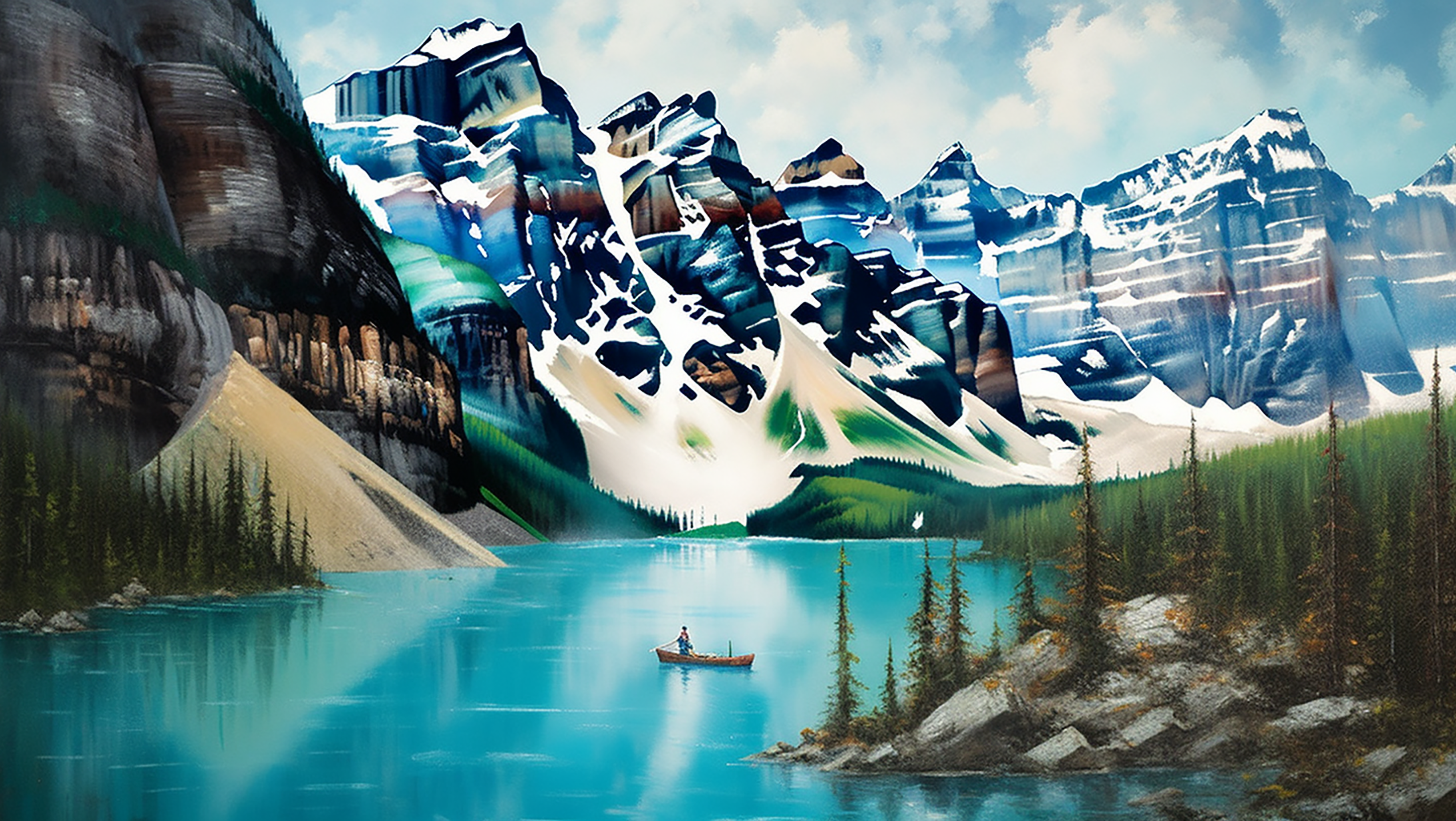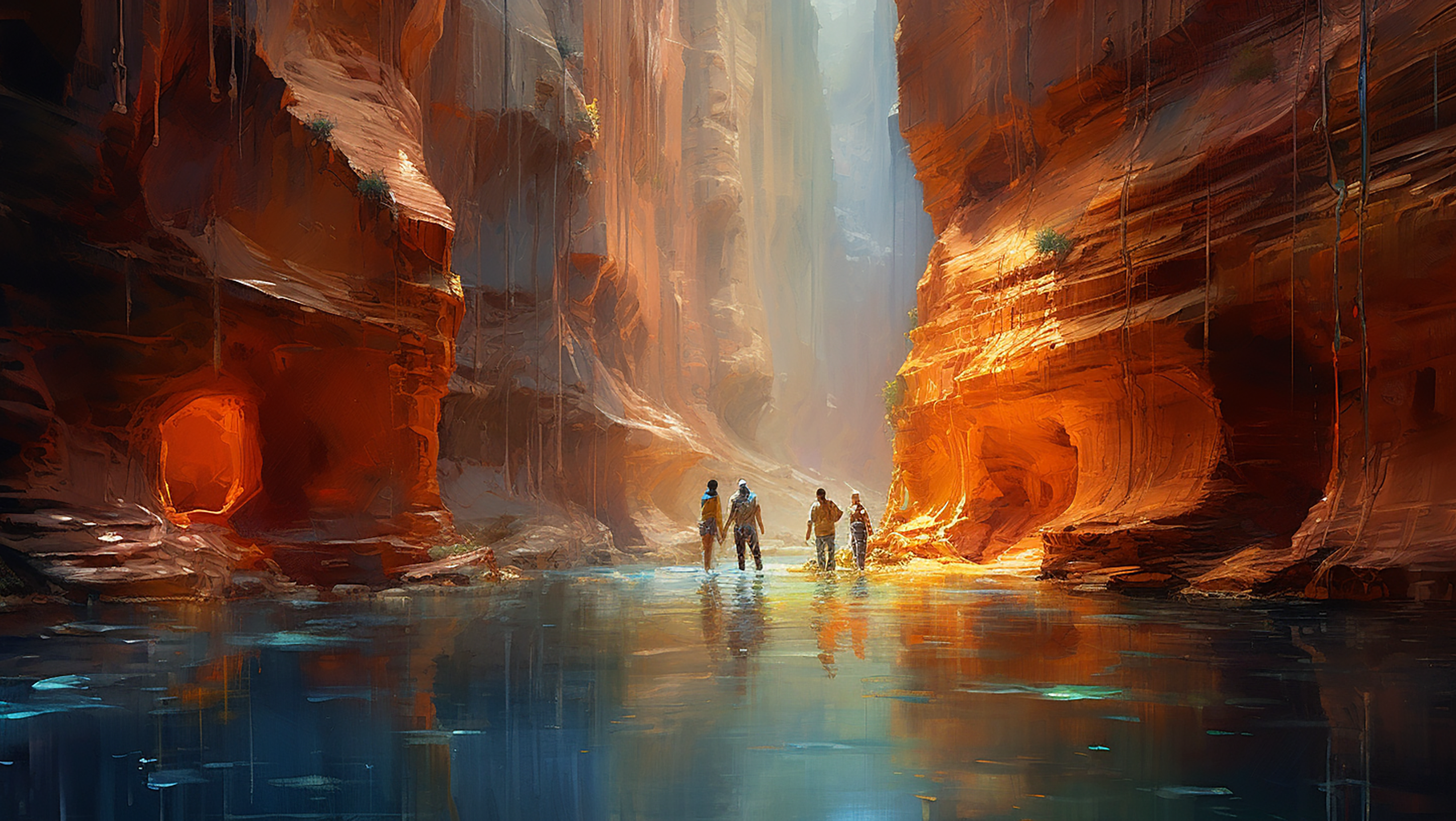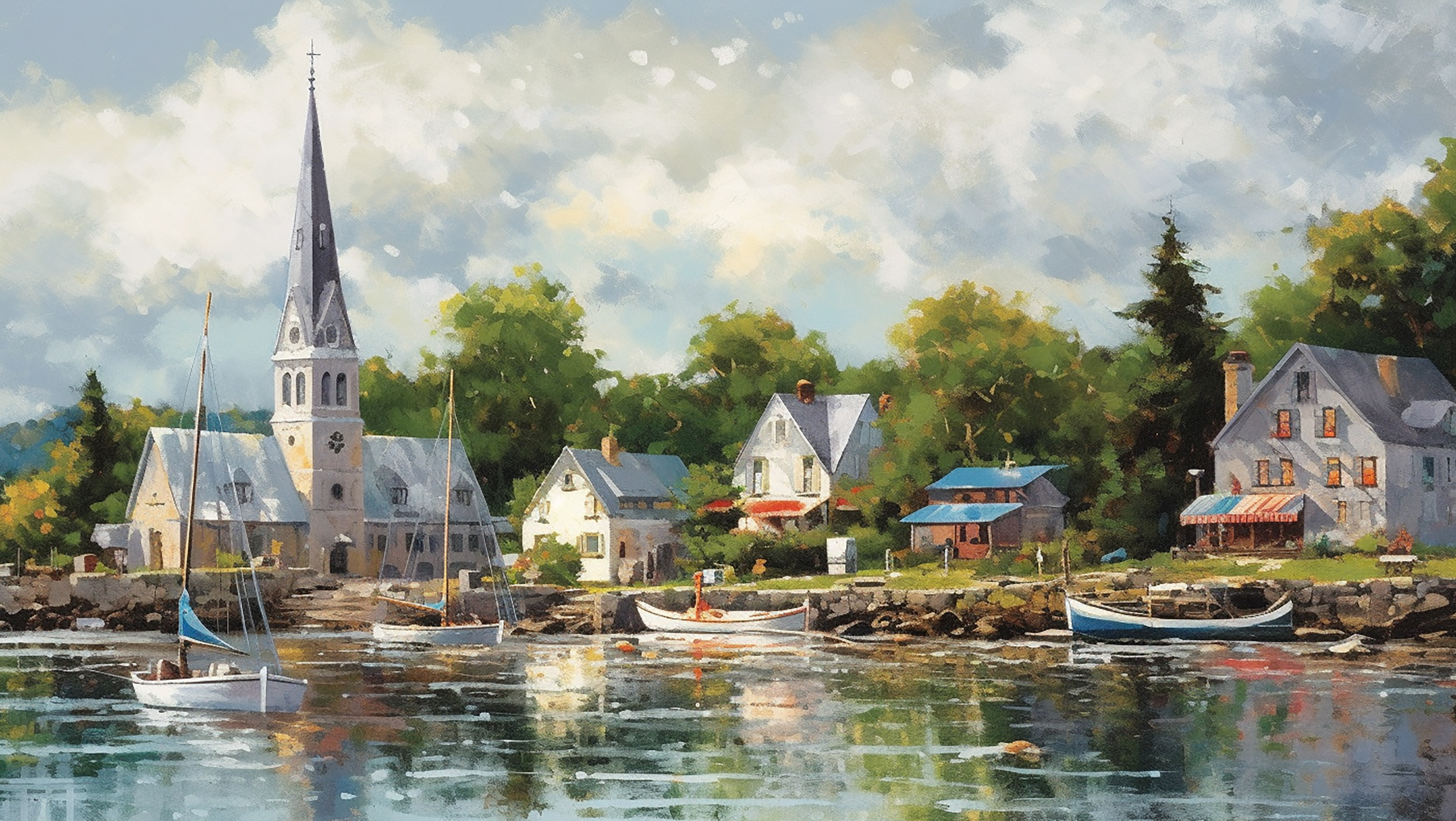An examination of the verdant realm of the Seychelles invites inevitable comparisons to its other illustrious Indian Ocean counterparts, namely the Maldives and Mauritius. Despite the shared maritime geography and comparable climatic conditions, these destinations possess unique attributes that distinguish them from one another, rendering a one-to-one comparison rather challenging.
The Maldives, a constellation of atolls strewn across the cerulean ocean, are revered for their luxurious resorts that often surpass their naturally spectacular surroundings. Their charm lies in the synthesis of unparalleled hospitality and the awe-inspiring aquatic theatre that unfolds beneath the surface of their lagoons.
On the other hand, Mauritius, with its rich multicultural history, varying landscapes, and a mosaic of cultural influences, makes for a vibrant destination. Its verdant sugar cane fields, dramatic mountains, colonial architecture and warm, inviting beaches create a destination that seems designed to capture the heart of every kind of traveller.
Yet, when considering the Seychelles, one might argue that nature holds the upper hand over man-made luxury. The archipelago is distinguished by its unique biodiversity, resplendent in a visual symphony of pristine beaches, massive granite boulders, and lush mountains. Unlike the flat sandy islands of the Maldives, the Seychelles captivates with a dramatic, rugged coastline teeming with endemic species.
Let's embark on an exciting exploration of these islands from a geological and climatic perspective. We begin our journey in the mesmerizing terrain of Mauritius. This volcanic island, with its last eruption about 7,000-10,000 years ago, displays a geological youth that's evident in its diverse landscape. Here, a geological spectacle awaits you at Chamarel, a place known as the ‘Seven Colored Earths’. This phenomenon, a result of weathering volcanic rock, presents a delightful palette of colours ranging from ochre to purple. The climatic serenade of Mauritius is a tropical melody, characterized by warm temperatures year-round and two main seasons - a hot, wet summer from November to April, and a cooler, dry winter from June to September.
We then voyage to the Seychelles, the oldest oceanic islands on Earth. Unlike Mauritius, Seychelles’ granite islands escaped the volcanic activity that shaped many of the world’s islands. Instead, they owe their existence to the breakup of the supercontinent Gondwana, around 75 million years ago. This unique geological tale echoes in the granitic boulders that dot its beaches. Seychelles' climate mirrors that of a never-ending summer, with temperatures rarely straying far from a delightful 27°C. However, the islands experience two trade wind seasons: the north-westerly winds from October to March and the brisker south-easterly winds from May to September.
Our final stop is the Maldives, the lowest-lying country in the world, with an average ground level of just 1.5 meters above sea level. These islands are not the product of volcanic activity but are coral atolls built from the remains of coral reefs. The constant warm temperatures of the Maldives, which hover around a comforting 28°C, are a climatic gift of its location at the equator. However, it does have two distinct monsoon seasons: the dry northeast monsoon from December to April, and the wet southwest monsoon from May to November
The Seychelles is an ensemble of islands, with Mahé, Praslin, and La Digue being the most prominent. Each island, from the busiest, like Mahé, home to the capital Victoria, to the smallest, more secluded islands, contributes its unique verse to Seychelles' melodious narrative. The nation's crown jewel, however, might just be the extraordinary Coco de Mer palm, found only in the Vallée de Mai Nature Reserve on Praslin. This palm produces the largest seed of any plant in the world and stands as a testament to the Seychelles' unique flora.
For those who cherish the spirit of exploration and discovery, Seychelles emerges as a compelling choice over its luxurious or bustling counterparts. It is not merely a place to laze on the beach and admire picturesque sunsets; it invites one to traverse its varied terrain and delve into its natural wonders. The archipelago's distinctiveness, captured in the stark contrasts between its islands, the endemic Coco de Mer palm, and the captivating beaches framed by imposing granite formations, assures an enriching travel experience that goes beyond the ordinary.
Nevertheless, the Seychelles has its own charming appeal, particularly if you find yourself in just the right spot. I had the fortune of lodging at the Meridian Hotel, nestled along one of the island’s most renowned beaches, Beau Vallon. Known for its shallow, tranquil waters, Beau Vallon is a haven for those who wish to unwind in the gentle embrace of the warm Indian Ocean, with the rhythmic ebb and flow of waves lapping the shore and palm trees whispering in the sea breeze creating an idyllic setting.
To alleviate any risk of monotony that might threaten to creep into my week-long beachside sojourn, I ventured out to explore the neighbouring islands by boat, which I will detail in the subsequent narrative.
One should be cognizant of the fact that despite their exotic allure, these tropical islands share certain similarities. You might argue that a holiday in Seychelles sounds more enchanting and prestigious, likely due to its reputation as an upscale destination. However, numerous islands in Thailand or Malaysia could offer experiences that are nearly indistinguishable, and often for a more modest budget. Essentially, part of Seychelles' appeal lies in its brand, it’s standing as a luxurious retreat.
Yet, its geographical location offers another layer of charm. Nestled just south of the equator, not far from the African island of Madagascar, Seychelles enjoys a unique climate that might just be more appealing to certain travellers. The Maldives lean towards the Indian Ocean, close to India and Thailand, while Mauritius sits further south in the southern hemisphere. Seychelles, however, luxuriates near the equator, offering a different climate dynamic.
In terms of urban development, Seychelles doesn’t harbour excessive high-rise buildings or vast industrial complexes, lending the islands a relatively unspoiled feel. That's not to say the islands are devoid of human impact; the bustling Beau Vallon presents a softer side of urbanization. It isn't overly expansive, but traversing the island requires some form of transportation. Walking around the island can be challenging, and generally, you'll find your immediate vicinity is confined to the beach. In order to venture beyond, a journey of approximately 30 kilometres would be in order.
But due to the presence of mountains and a complex road system, moving from one part of Seychelles to another is not as simple as it may appear. You must have a proper plan and means of transportation in place. Still, Seychelles and its beaches, like Beau Vallon, have proven to be worth every bit of effort. The scattered cottages along the shoreline and the ever-present infinity pool offered a unique tropical experience, albeit not entirely different from other destinations.
One element that caught my attention was the Seychelles' tropical vegetation. The island offers a more classical view of the tropics, teeming with tall palm trees and silhouettes of lush vegetation, as opposed to the bushy, dense jungles that one might find elsewhere. This gave a more picturesque, conventional impression of a tropical setting that you would typically visualize – a grove of palm trees swaying in the wind.
One aspect that Seychelles shares with the Maldives is that evening activities may be somewhat limited. Unlike larger countries or cities, where night tours or cultural immersions might be more abundant, here the focus is more on underwater activities such as diving or snorkelling. While Seychelles offers less of an underwater world to explore compared to the Maldives, it compensates with its terrestrial treasures such as jungles and beaches.
However, I'm sure there are places for underwater exploration, but evening activities are rather sparse. People generally retire to their hotel cottages, and once the swimming time ends, the options for entertainment dwindle. In my experience, I had a small cottage with a garden, a table, and chairs, which was pleasant for relaxing in the evening, but sometimes one craves a change of scenery.er.
A 40-50 minute walk along the beach led to a small town with a pizzeria, more to add variety to the evening than out of necessity. But it is important to remember that the beach gets quite dark in the evening, and while walking, one needs to be cautious not to trip over unexpected obstacles or step into a small creek.
And let's not forget the bats that fly around when dusk sets in. While some might find them unnerving, for me, they added to the surreal charm of the evening, enhancing the unique feel of a tropical night.
During one of the days, I embarked on a trip to explore the neighbouring islands. It was a full-day tour and there was a lot to see, including various beaches and natural landmarks. The journey on the speedboat was about an hour long over a rather choppy sea. You need to understand that holding onto the railings on the boat was crucial as the waves and wind were quite strong. Despite this, it seemed like the season was a mixed one with moments of sunshine and cloudy skies. However, I had no complaints about the weather, which didn’t hinder our excursion.
On this tour, there were several significant spots to visit. For instance, we saw the huge tortoises that are characteristic of these places. Although it may appeal more to those who are fans of zoos, I appreciated it as a part of the natural beauty of the islands. We moved around different parts of the island, visiting a house where an Emmanuel film was shot and viewing several plantations.
One of the interesting sites was a vanilla plantation. It was fascinating to discover that vanilla, despite being one of the most common flavours encountered in everyday life – think vanilla ice cream – is, in fact, a rare and valuable spice. Only a very small proportion of the "vanilla" we consume is real; it is estimated that more than 90% of what we think and see as vanilla is synthetic flavouring, which was a surprising fact to learn.
Another highlight of the tour was a beach with massive granite boulders. It was as if we were looking at a classic painting of a tropical paradise come to life, with these iconic rocks scattered along the beach. They've become a sort of symbol for Seychelles and seeing them in person was an extraordinary experience. It was truly a day well spent, immersing in the unique natural beauty and diversity that Seychelles has to off
The landscapes that are often depicted in Seychelles postcards were in full display, with giant boulders dotting the beach. It reminded me of the beaches on the British Virgin Islands which I had visited during one of my cruises. To enter the water here, you first had to navigate through these massive rocks to find a sandy spot on the beach.
The scene was picturesque, with these boulders standing in the water and on the shore, creating a unique coastal landscape. There was seaweed in the water and occasional sea urchins, so you had to be careful not to step on any. It wasn't a typical postcard beach where you could swim freely. It was more about entering the water, capturing beautiful photographs, and finding a spot where you could relax in the water. Visually, it was stunning, but in terms of convenience, it may not be the best place for a swim.
The beach on Mahé Island, where I was staying, was probably a more suitable place for swimming in shallow waters. Occasionally, a light rain would start, but it wasn't an issue in the warm climate. The main concern was about things left on the shore, like shoes or clothes. However, the vegetation, seaweeds in the sea, and the other elements of the local ecosystem created a unique, almost surreal, ambience. You could navigate through these natural elements without much problem, and these characteristics added to the uniqueness of the place.
The tropical beach vibe was reinforced by the availability of fresh coconuts from local vendors. Lying in the water, sipping coconut water and enjoying the view of the huge boulders created a truly unforgettable experience.
Next on my agenda was a trip to the island of La Digue, home to a national park of sorts – a tropical jungle that is also one of the symbols of the Seychelles. The emblematic Coco de Mer palms, native to the Seychelles, are so emblematic that an image of their fruit is stamped in your passport upon arrival. These unique fruits, split into two halves, are produced by a palm species that is endemic to the islands.
My trip to La Digue consisted of a walk through the jungle with lush vegetation, falling leaves, and coconuts. It was a unique experience, somewhere between a typical national park and a natural wilderness. There were no artificial lights, just the natural surroundings for us to enjoy.
Situated in the sparkling azure waters of the Indian Ocean, the Seychelles, Mauritius, and Maldives are paradisiacal destinations, each offering its unique allure. Yet, through the lens of an intrepid traveller, one finds distinguishing features that make Seychelles and Mauritius stand out against the serene backdrop of the Maldives.
Renowned for their stunning beaches, both Seychelles and Mauritius boast landscapes imbued with a dramatic sense of beauty. Seychelles, an archipelago of 115 islands, is home to a unique blend of rare flora and fauna, untouched coral reefs, and nature reserves, making it a haven for eco-tourists. Seychelles' granitic islands, a unique geological feature among world archipelagos, paint a picture of primordial earth, especially on La Digue island where colossal granite boulders adorn the spectacular coastline, creating a picturesque setting for beach lovers.
In Seychelles, you encounter the Coco de Mer palm, a captivating symbol of these islands. This unique palm tree, native to the islands of Praslin and Curieuse, produces the world's heaviest seeds, whose distinct shape has fascinated botanists and travellers alike. Seychelles is indeed a biodiversity hotspot with numerous endemic species, contributing to the islands' unparalleled charm.
Mauritius, on the other hand, although smaller in size, presents a vibrant cultural scene infused with Indian, Creole, French, and Chinese influences. Its diverse landscape extends from the sugarcane fields and mountainous regions to the white sandy beaches and crystal-clear waters. Mauritius is more than just a beach destination; it offers myriad opportunities for exploration, such as hiking in the Black River Gorges National Park or taking a historical journey through its colonial past in Port Louis.
In contrast, the Maldives, an archipelago of 26 atolls and over 1,000 coral islands, is a sanctuary for luxury and tranquillity. The Maldives offers unrivalled underwater beauty, making it a top destination for snorkelling and diving enthusiasts. However, its natural scenery, predominantly flat and sandy, lacks the ruggedness and variety found in Seychelles and Mauritius. The leisure activities are limited mostly to the boundaries of the resort islands.
In terms of climate, all three destinations enjoy a tropical climate year-round, but Seychelles, being outside the cyclone belt, is less susceptible to tropical storms compared to Mauritius and the Maldives. Seychelles’ unique microclimates can lead to simultaneous rain on one island and sunshine on another, adding another layer to its charm.
In conclusion, while the Maldives offers unparalleled tranquillity and underwater scenery, it is Seychelles and Mauritius, with their unique blend of dramatic landscapes, rich biodiversity, and cultural diversity, that offer the more adventurous and varied experiences.
The final beach that graced our journey unfolded like an unspoiled paradise, its untamed charm rising in stark contrast to the manicured luxury we had previously encountered. This hidden gem, nestled amidst a dense, sprawling jungle, drew us in with an almost primaeval allure.
A slender strip of sand carved out the boundary between jungle and sea, a line so thin it felt surreal like the beach had been carved into the jungle itself. The capricious sea was in a mood to show its wilder side, storm clouds gathering in the distance, foreshadowing an impending tempest. The waves, usually calm and tranquil, turned aggressive, threatening to sweep away unwary adventurers onto the jagged rocks that lurked beneath the surface. Despite these perils, the beach was alluring. Its sand was fine and white, creating a stark contrast against the verdant greenery of the jungle and the sapphire expanse of the sea.
At the farthest end of this beach, a river quietly meandered into the sea, subtly weaving together the two starkly different landscapes. This meeting point of the river and the sea echoed an evocative narrative of elemental unity, where the relentless rush of the jungle found solace in the tranquil embrace of the beach.
In comparison, Mauritius, although equally breathtaking, offered a drastically different landscape. Most beaches on the island were studded with rocks, making them more suited for coastal strolls than leisurely swims. The fierce undertow of the ocean was palpable on these beaches. However, if one wished to swim, options were aplenty with offshore islands such as the well-known Île aux Cerfs, easily reachable with a short boat ride.
Surprisingly, the beaches of Mauritius held an unexpected hazard – an abundance of sea urchins. Even on the finest, whitest beaches, it was necessary to tread carefully, to avoid stepping on these spiny denizens of the sea. However, it's worth noting that this is more of a localized issue, and luxury resorts with private beaches probably have measures to keep their shorelines safe.
Summing up the travel experiences, each island – Mauritius, Seychelles, and Maldives – paints a distinct picture. The Maldives, although picture-perfect with its over-water bungalows and impeccable service, didn’t resonate as strongly with me. It seemed more suited to those seeking a laid-back vacation interspersed with occasional doses of luxury. Comparatively, the unique blend of experiences in Seychelles and Mauritius was far more compelling, offering the thrill of exploration and adventure that simply couldn't be replicated elsewhere.
If variety is the spice of life, Mauritius could be described as an entire spice rack. The island, being considerably larger than its counterparts, offers an array of exploratory opportunities. One could lose themselves in the lushness of the Black River Gorges National Park, where vibrant flora and cascading waterfalls paint a scene straight out of a storybook. Equally intriguing is the geological wonder known as the 'Seven Colored Earths', where volcanic soil creates a fascinating spectrum of hues, ranging from deep burgundy and earthy brown to a cheerful, sunny yellow. This myriad of colours offers an intriguing snapshot of the island’s volcanic past.
However, if your pursuit is the quintessential 'Bounty' island experience, Mauritius may not be the perfect fit. The island, despite its enchanting allure, doesn't quite mirror the classic postcard-perfect image many travellers yearn for. In contrast, Seychelles effortlessly captures that elusive balance between unspoiled beaches of flawless white sand and a diverse landscape that appeals to the exploratory spirit.
Seychelles is a place of harmony, where idyllic tropes coexist with an astonishing variety of natural wonders. It’s not just a destination for Instagram snapshots; it caters to the wanderlust of those who appreciate varied landscapes, relishes in the experience of island-hopping, and embrace the charm of diverse terrains.
For a more vibrant and authentic experience, the smaller islands of Seychelles offer an undiluted glimpse into the local culture. These islands, while perhaps not as readily accessible, offer a different, more intimate encounter with the archipelago's charm. If time permits, I would highly recommend distributing your stay across these islands. While staying on the main island has its conveniences, immersing oneself in the distinctive atmosphere of each island provides a broader palette of experiences.
If you are fortunate to have a couple of weeks at your disposal, consider charting an island-hopping itinerary that lets you truly experience the rich tapestry of experiences the Seychelles has to offer. Such an approach promises the most comprehensive and satisfying impression of this paradisiacal archipelago.









